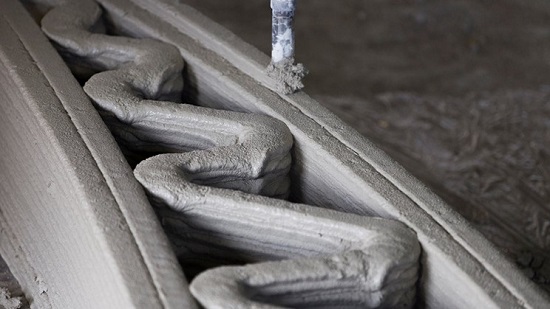 Friday, October 4, 2024
Friday, October 4, 2024  Friday, October 4, 2024
Friday, October 4, 2024 
The UK is set to speed up the construction of its High Speed 2 (HS2) rail network with the aid of on-site 3D reinforced concrete printing carried out by robots. The 3D printing method, which reinforces concrete with graphene, will also greatly reduce the rail network construction’s carbon emissions, a press release reveals.
The technology, called “Printfrastructure,” was developed by HS2 Ltd’s London tunnels contractor SCS JV (Skanska Costain STRABAG Joint Venture), and it will aid in the construction of the UK’s second high-speed rail line, connecting London, Birmingham, Manchester, and Leeds.
The benefits of 3D printing for rail networks are numerous. The use of remotely-operated robots will allow SCS JV to 3D print structures on-site, saving them from having to transport those structures by road before lowering them into place using large cranes. The 3D printing technique also allows for structures to be built in tight spaces meaning that otherwise challenging and expensive logistical operations will no longer be necessary.
As the work is carried out on-site by 3D printing robots, there is also no need to suspend services in order to ensure the safety of human workers. All of this will speed up the construction time and cause less disruption to local communities.
What’s more, the 3D concrete printing technology also provides environmental benefits. The reinforced concrete structures are built using a strengthening internal lattice pattern (pictured above) that reduces the amount of concrete required while also generating less waste. Lastly, the concrete used for the 3D printing process is strengthened with graphene, the strongest material on the planet. Microscopic strands of graphene, only a few atoms thick, replace steel strengthening rods, making the structures easier to build at the same time as giving them greater strength and a smaller carbon footprint. The graphene innovation was developed by SCS JV’s Worcestershire-based partner, ChangeMaker 3D.
Keep reading on InterestingEngineering.com
Check out more news below: